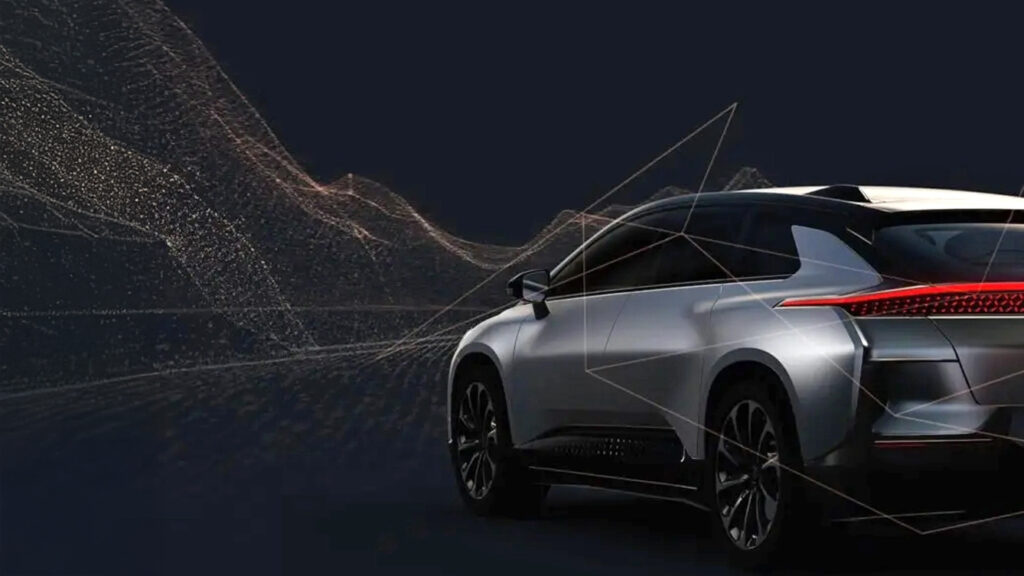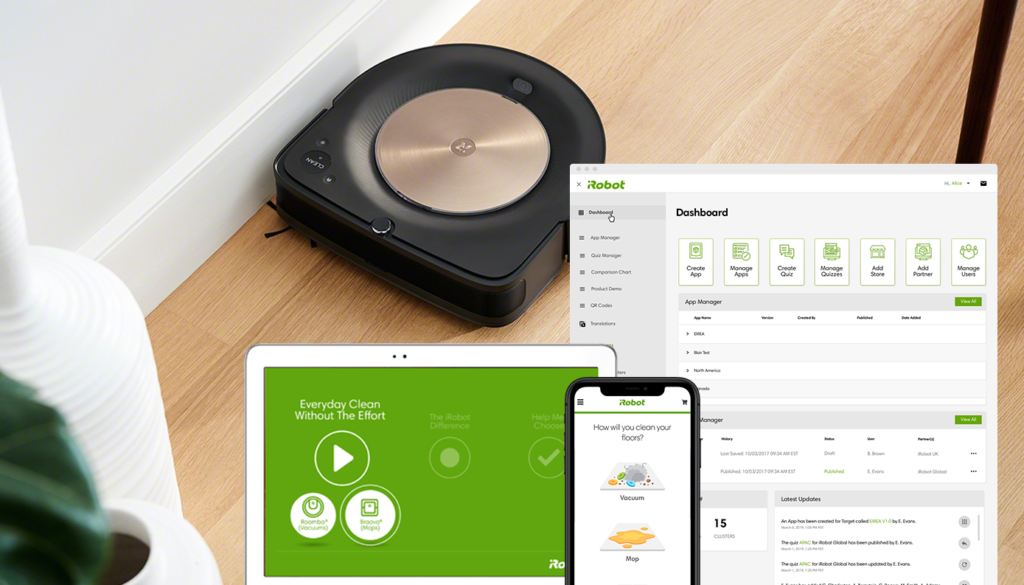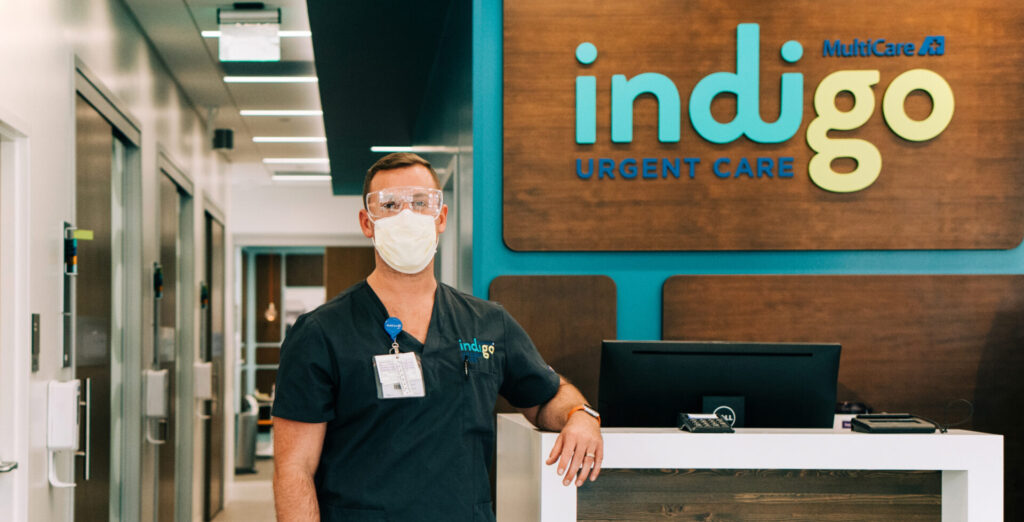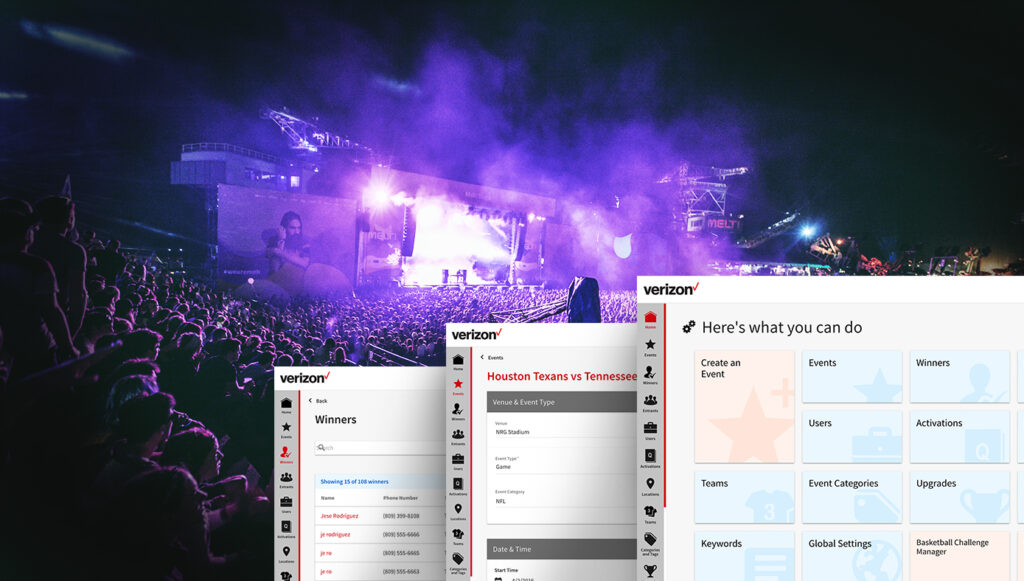Product Experience (PX)
Creating exceptional digital experiences that drive your business forward.
We create digital products and experiences that transform your business, driving customer engagement and amplifying your brand offerings across the entire customer lifecycle.
Learn
Proper solutions require proper diagnoses. We fully immerse ourselves in comprehending your business, technical requirements and consumer needs to craft a strategic roadmap and plan out holistic product design.
Ideate
Ideation is the birthplace of innovation. We partner with you to conceive unique, tailored ideas that seamlessly merge aesthetics with functionality, ultimately laying the product blueprint that stands out visually while delivering an exceptional user experience.
Build
A good product needs a strong foundation. We use our technical expertise to advise and deliver adaptable, strategic and accessible solutions—from CMS to custom builds—regardless of budget.
Observe
Success is defined by the metrics that measure performance. We leverage key metrics—like impressions, clicks and conversions—as a window into performance, utilizing that data to improve product outcomes.
Test
Iteration with intent. Our process includes testing—stress testing, recalibration, refinement—vital to correcting friction points and fine-tuning the product to deliver optimum results.
Improve
A product is more than just its launch. We believe informed and consistent progress can make a good product truly great, giving us an opportunity to foster growth and improvement over the full life of the product.
OUR PRODUCT EXPERIENCE PARTNERS

Our Services
Experience Design
Our Experience Design team has a proven track record of creating successful digital products for companies large and small. From research and strategy to user experience design and prototyping, we bring your ideas and vision to life.
Web Development
Our Product Development team has extensive experience delivering scalable digital solutions to address the goals and needs of your business goals. With deep expertise in modern CMS platforms, database integration, technical architecture and custom development, we’ll make sure that your product functions seamlessly.
eCommerce
From design to development, our eCommerce specialists take an experience-driven approach that empowers you to meet the demands of today’s always-on consumers.
Mobile Apps
Our mobile-forward approach and years of expertise allows us to deliver engaging and compelling digital experiences that rise above the noise, meeting your customers where they are.
Marketing Technology
The ability to measure and optimize across all touchpoints is the foundation for maintaining a seamless customer experience.
Additional Services
Supplemental services that
perfectly complement your
brand´s product experience.
Craft your digital presence for brand growth and human connections with websites, ecommerce, content management systems and product innovation.
Translate your data into impact with performance analytics, marketing science, intelligence and reporting, predictive modeling, segmentation and testing and experimentation.
Engage people with compelling mobile brand experiences—from native web apps to iOS and Android—that rise above the noise.
Establish an ownable brand presence with foundational content that makes your brand easy to find and keeps up with people’s ever-changing needs.








